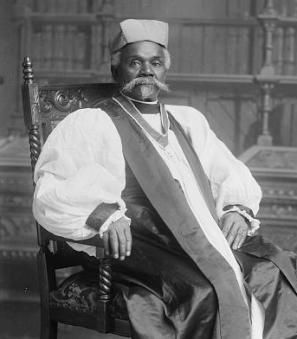Washington’s Best Thing Since Before Sliced Bread
The industrial revolution was reshaping the United States in the 19th and early 20th centuries, as the country shifted from a pure agrarian structure, to a more industrial one. While many major American cities of the early 20th century were home to bustling factories and mills pumping smoke into the air, Washington’s largest processing industry filled the air with a different smell—fresh baking bread.[1]
In the same neighborhood as the former Griffith Stadium, around Florida Avenue, 7th, and Wiltberger Streets NW in Shaw, family-owned bakeries lined the streets. Among the most prominent of these bakeries were Dorsch’s White Cross Bakery, Holzbeierlein Bakery, and Corby Baking Company, which were responsible for producing almost all of the bread, cake, and pastry products sold in the Washington area, consequently making them all household names in D.C.[2]
Dorsch’s White Cross Bakery was started in approximately 1898 by Peter M. Dorsch, the son of a Bavarian immigrant who had come to Washington in the 1870s selling imported German foods.[3] Dorsch ran his original bakery from a woodshed, and baked all of the bread himself until he was able to open his permanent bakery on 7th Street NW.[4] At this location, his bakery turned out 200-300 loaves of bread per day, while he slowly expanded both the business and property by building additions—the oldest of which was completed in 1913.[5] Dorsch continued to expand, building two more additions in 1915 and 1922, and turned his business into an entire complex that filled the area between 7th, S, and Wiltberger Streets; the complex included retail space, a baking plant, stables, and garages for delivery wagons.[6]
By the late 1920s, thanks to new technologies within the baking plant, such as the traveling type oven which could bake, cool, and wrap each loaf of bread in wax paper automatically, Dorsch’s was producing 100,000 loaves of bread, and over 40 different types of cake each day.[7]
The Corby Baking Company, located just a few blocks away on nearby Georgia Avenue NW, was one of Dorsch’s major competitors. Brothers Charles and William Corby started the bakery around 1890, and moved into their Georgie Avenue location in 1894 after borrowing $500 for a down payment. Like Dorsch, the Corbys continued to expand their property, constructing a new building in 1902, and adding more additions in 1912 that filled most of the block, making Corby's Washington’s largest bakery.[8] Corby’s also prided itself on using only the most modern baking technology, including machines that could produce about 90,000 uniform loaves of bread, and a half ton of cakes each day.[9] The bakery quickly became famous for its “Mother’s Bread,” which it advertised as being “pure as mother made it.”[10]
The third major competing bakery in the neighborhood was Holzbeierlein Bakery—founded in 1893 by Michael Holzbeierlein, a German immigrant. Holzbeierlein had previously worked for another German immigrant baker, Charles Schneider, for seven years at his highly successful Schneider Baking Company at 5th and I Streets NW.[11] When he set out on his own, Holzbeierlein established his retail bakery on 7th Street, and later his baking plant on Wiltberger Street just as Dorsch had done. Filling much of the remaining space between 7th and Wiltberger Streets that was unoccupied by Dorsch, Holzbeierlein began constructing a more modern plant complete with bread baking machines, more space for delivery wagon sheds, and by 1914, a garage to house his “fleet of delivery trucks.”[12]
These three bakeries constantly competed with each other to be the best in D.C. They placed hilariously vapid, and somewhat sassy ads in the local newspapers boasting reasons why their bread was undoubtedly better than the others:
“You enjoy every bite of it because it has been baked the Dorsch inimitable way. The crisp crust, delightfully tender, and the well defined crumb that eats so enjoyably, give it its matchless popularity. Don’t buy on the shape of the loaf—that’s being copied. But buy on the quality of the Bread—that can’t be imitated successfully.”
-- Dorsch’s Ad in The Evening Star, June 15, 1927
“We believe it is true that Corby’s Mothers Bread has established the standard in bread; and we know it is equally true that we are bending every effort to maintain that standard—the BEST BREAD SCIENCE and SKILL CAN BAKE.”
-- Corby’s Ad in The Washington Post, February 23, 1922
Famous Bread and famous Cake,
Famous everything they make;
That’s the motto and the sign
Of the famous HOLZBEIERLEIN
-- Holzbeierlein Newspaper Ad 1908
Their competition with each other however, could not protect them from the competition of national brands making their way into the District, beginning in 1911 with General Baking Company (General). General was a New York City based bakery which was starting to merge smaller bakeries across the East Coast and Midwest.
Another Washington Bakery, interestingly named Boston Baking Company, was one that merged into General and started to produce the company’s “Bond Bread” in their factory located right at the bottom of Capitol Hill where the U.S. Botanic Gardens is now located (funny enough this was not the first time Capitol Hill was home to bread production). The effort to move the Botanic Garden to its current location started in 1928, and subsequently pushed General to move its factory to Shaw.[13]
This move put General’s factory, later known as the “Bond Bread Factory,” just a block away from its biggest national competitor, the Continental Baking Company, which had bought Corby Baking Company in 1925. Continental continued to operate under the Corby name in Washington, but replaced Corby’s “Mothers Bread” with its new, popular product called Wonder Bread.
While a number of different bakeries had thrived in Shaw over the years, the late 1920s brought a major change to the baking industry that altered Washington’s bread production landscape considerably: the invention of sliced bread. As factory sliced bread grew in popularity, deeper-pocketed national companies were better able to meet the demand.
Continental and its amazing, Wonder Bread, would start to come pre-sliced by the 1930s, and Dorsch struggled to keep up. Dorsch sold his bakery to Continental in 1936, and by 1953 Holzbeierlein declared bankruptcy at its inability to compete with the low cost of the national bread product.
After Continental purchased Dorsch’s Bakery, it used the facility as a second to Corby’s for producing Wonder Bread, which explains the large, colored lettering on the façade of the remaining Dorsch’s building that reads “WONDER BREAD” and “HOSTESS CAKE.” By the 1940s, Continental was primarily using these two locations for national Wonder Bread production, with the capacity to bake over 200,000 loaves daily.[14] The company had also introduced a new cake product in 1925 which was advertised as “a delicious new Cake Dedicated to the women of the nation’s Capital! In homage to them named Hostess Cake!”[15] (It is unknown if the “Hostess” name actually originated in Washington).
General and Continental fought competitively in Shaw for about 40 years, always trying to one-up each other for the better product. By the 1970s, however, almost all bread production in Shaw had ceased, as companies consolidated their plants and moved to larger facilities in other major cities.
Although most of the old bakery buildings are long gone now, perhaps the most visible remnant of the old days in Shaw is the façade of Dorsch’s 1915 and 1922 structure, which stands on the corner of S and Wiltberger Streets NW. If you walk by this building (now repurposed as a WeWork collaborative office space), you’ll still see the brightly colored “WONDER BREAD” lettering on the façade. But that’s not the only clue to the building’s bread making past. Up above the Wonder Bread sign, you will see the less prominent, white terra cotta crosses, which were the emblem of Dorsch’s White Cross Bakery.
It is no coincidence that the emblem is the same dimensions as the symbol of the American Red Cross. In the early 20th century, food sanitation was a major concern that mainly surfaced thanks to Upton Sinclair’s famous 1906 book The Jungle, which exposed the horrifying sanitation practices of the meatpacking industry. The book had a major effect on the entire food production industry, including bread making. In 1909, Washington hosted the Pure Food Show at Convention Hall. Nine leading “D.C. bakers put on a massive exhibit that filled the K Street end of the hall. Visitors could observe machines doing the work in a modern factory setting; dirty human hands never touched the bread.”[16] It makes sense then, that Dorsch’s White Cross emblem, closely resembling the Red Cross logo, would have comforted consumers in knowing that Dorsch’s bread was the epitome of health and sanitation.
Although the smell of fresh baking bread no longer fills the air in Shaw, the façades of Dorsch’s and the Bond Bread Factory standing in the neighborhood, serve as reminders of the historic bakery district that has since become a distant memory.
Footnotes
- ^ “Holzbeierlein Bakery Nomination.pdf.” Oct. 14, 2015. Accessed November 2, 2017. https://planning.dc.gov/sites/default/files/dc/sites/op/page_content/at…. 13.
- ^ DeFerrari, John. 2011. Lost Washington, D.C. Arcadia Publishing. 105.
- ^ Ibid. 106.
- ^ The Washington Post (1923-1954); Washington, D.C. 1928. “Dorsch’s Bread on Market for Thirty Years.,” January 8, 1928, sec. REALE STATE CLASSIFIED ADS. https://search.proquest.com/hnpwashingtonpost/docview/149933049/abstrac….
- ^ Ibid.
- ^ DeFerrari, John. 2011. Lost Washington, D.C. Arcadia Publishing. 106.
- ^ The Washington Post (1923-1954); Washington, D.C. 1928. “Dorsch’s Bread on Market for Thirty Years.,” January 8, 1928, sec. REALE STATE CLASSIFIED ADS. https://search.proquest.com/hnpwashingtonpost/docview/149933049/abstrac….
- ^ DeFerrari, John. 2011. Lost Washington, D.C. Arcadia Publishing. 105.
- ^ Ibid. 108.
- ^ The Washington Post (1877-1922); Washington, D.C. 1922. “Display Ad 78 -- Corby,” February 23, 1922, sec. ROTARY’S SEVENTEENTH ANNIVERSARY. https://search.proquest.com/hnpwashingtonpost/docview/146077385/citatio….
- ^ “Holzbeierlein Bakery Nomination.pdf.” Oct. 14, 2015. Accessed November 2, 2017. https://planning.dc.gov/sites/default/files/dc/sites/op/page_content/at…. 12.
- ^ Ibid. 13.
- ^ DeFerrari, John. 2011. Lost Washington, D.C. Arcadia Publishing. 109.
- ^ Ibid. 110.
- ^ Ibid. 110.
- ^ “Holzbeierlein Bakery Nomination.pdf.” Oct. 14, 2015. Accessed November 2, 2017. https://planning.dc.gov/sites/default/files/dc/sites/op/page_content/at…. 13.


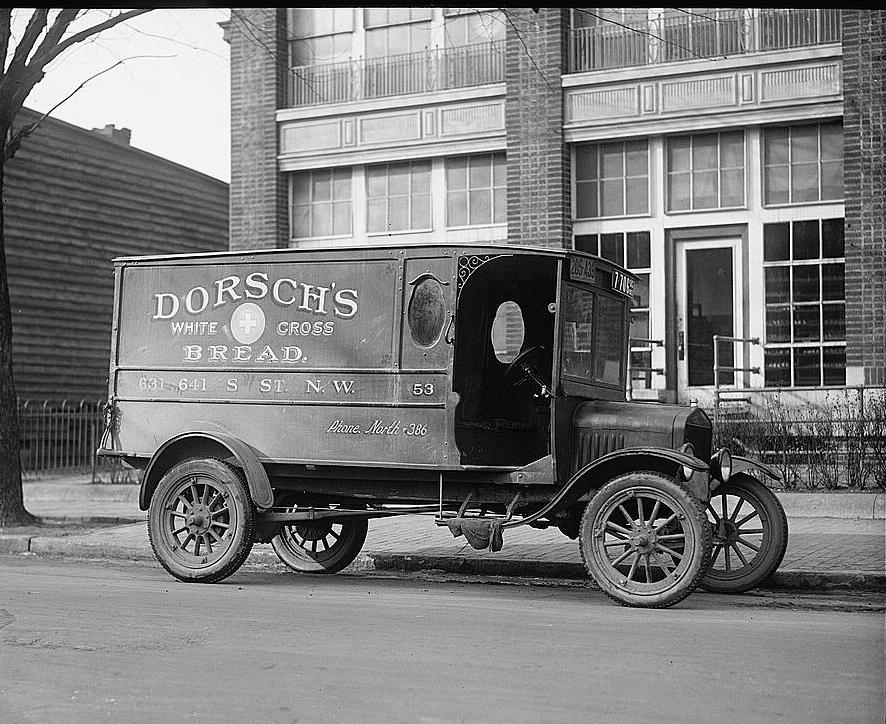
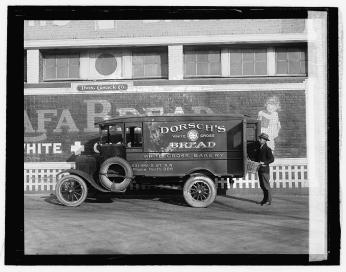
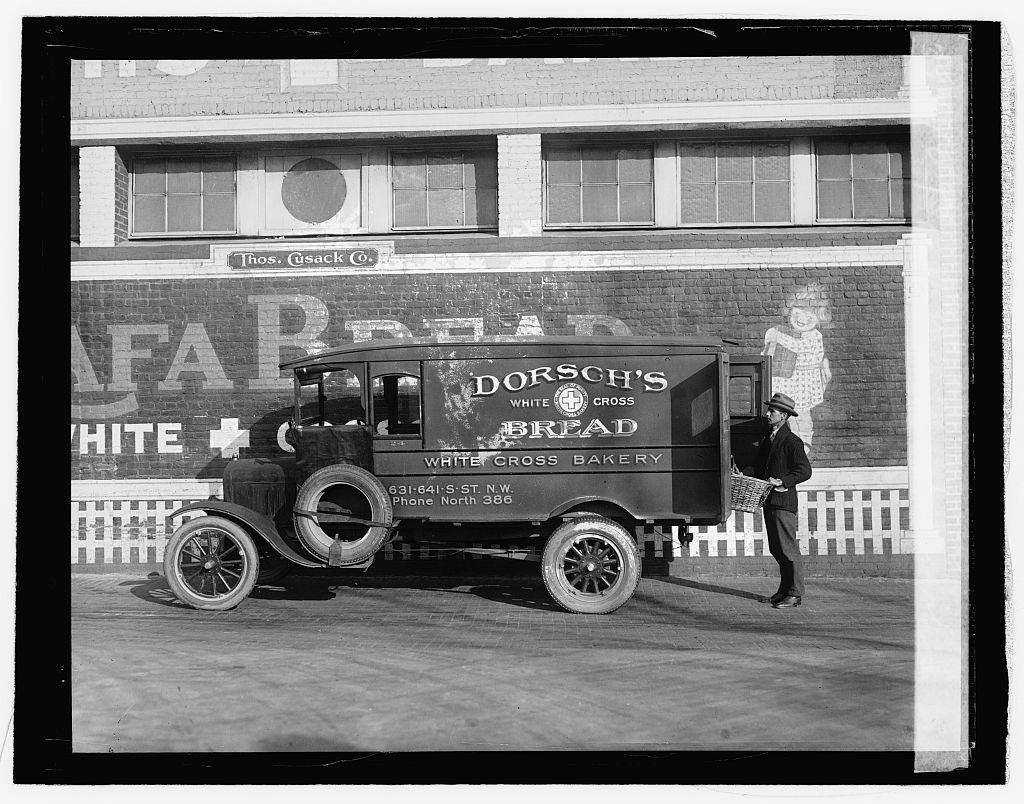
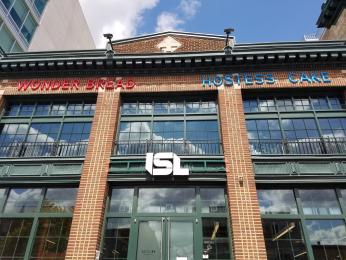
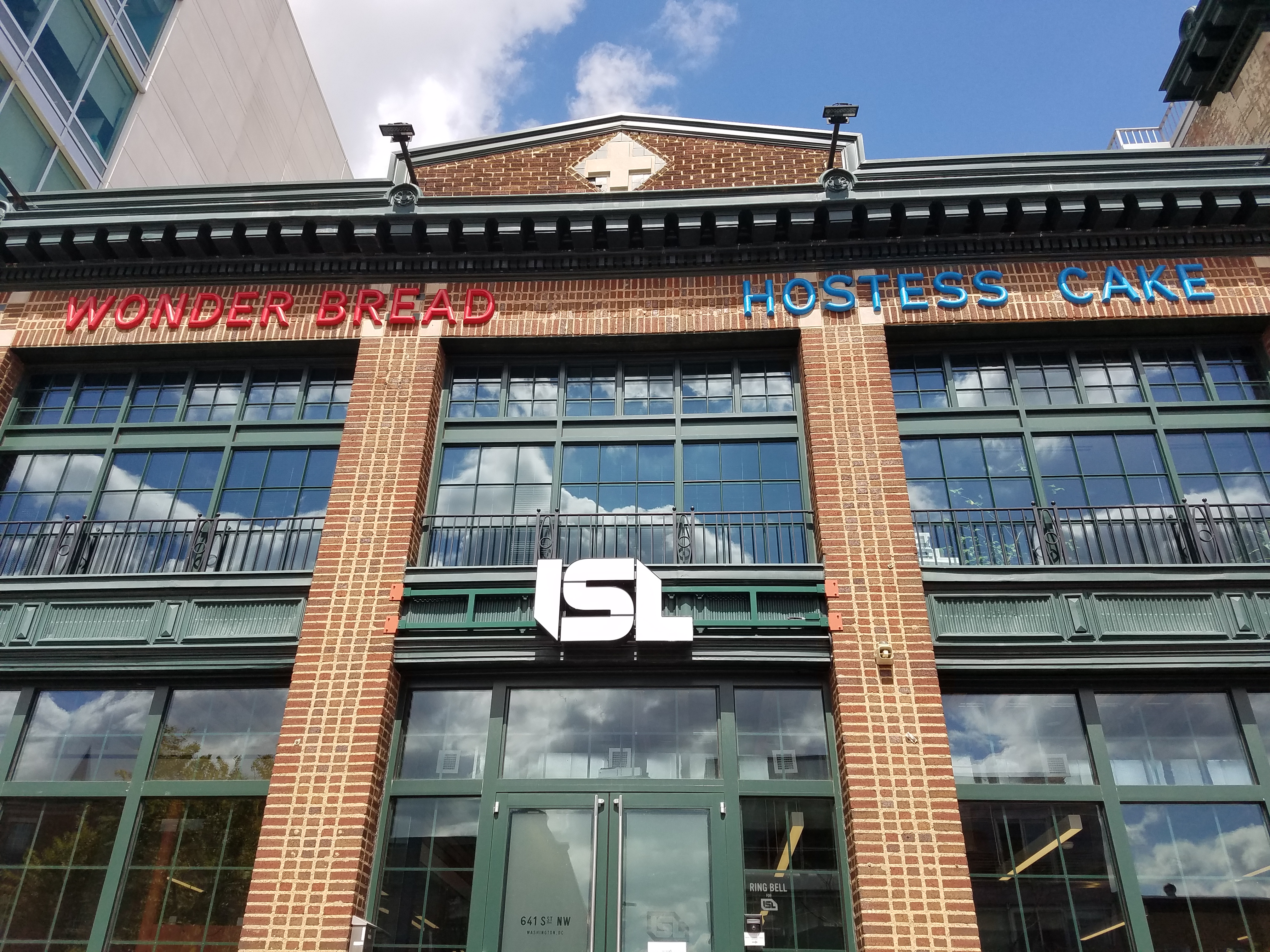


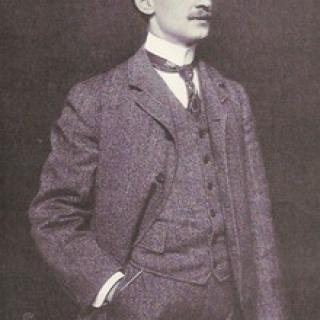
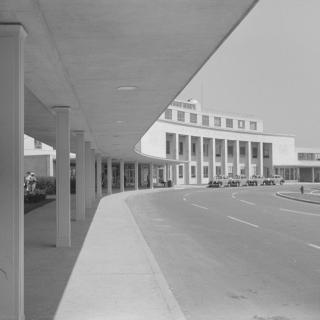
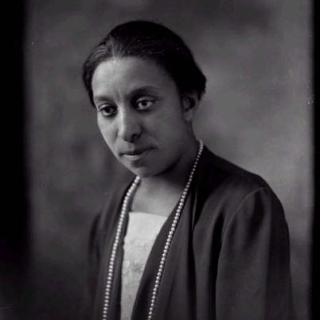
![Sketch of the mythical fuan by Pearson Scott Foresman. [Source: Wikipedia]](/sites/default/files/styles/crop_320x320/public/2023-10/Goatman_Wikipedia_Faun_2_%28PSF%29.png?h=64a074ff&itok=C9Qh-PE1)











